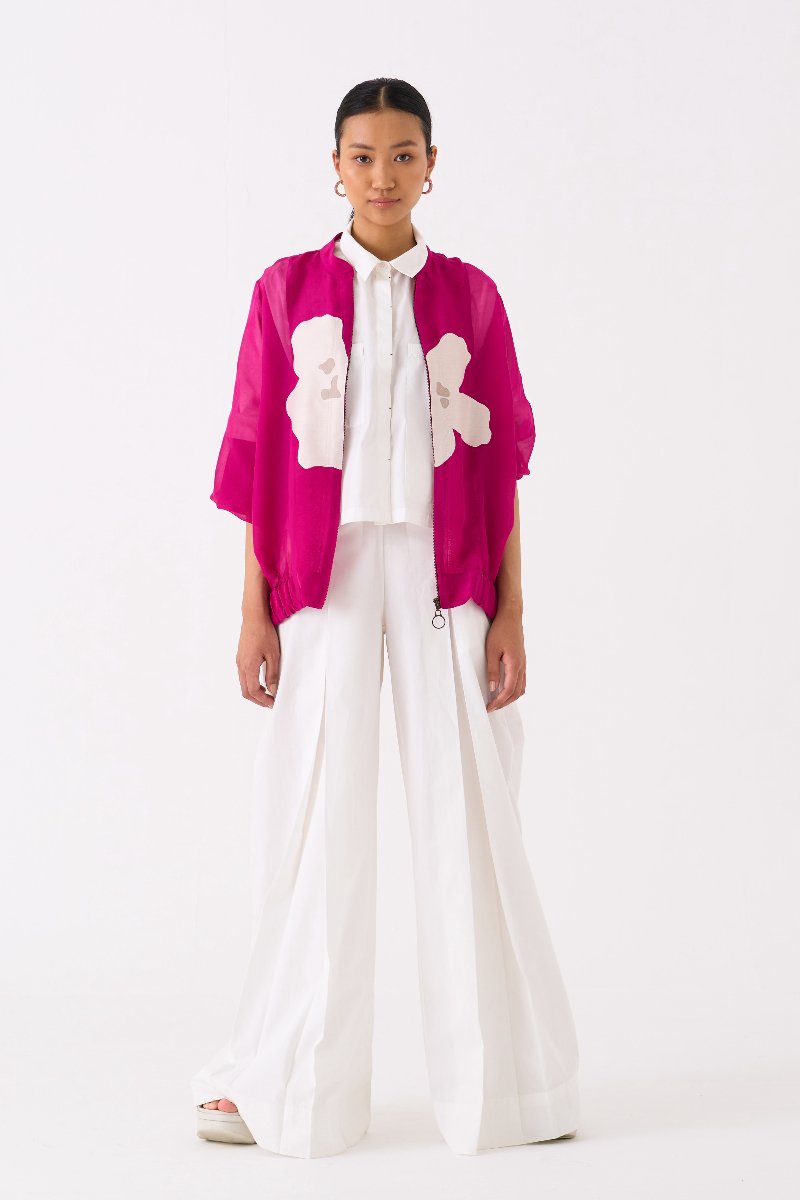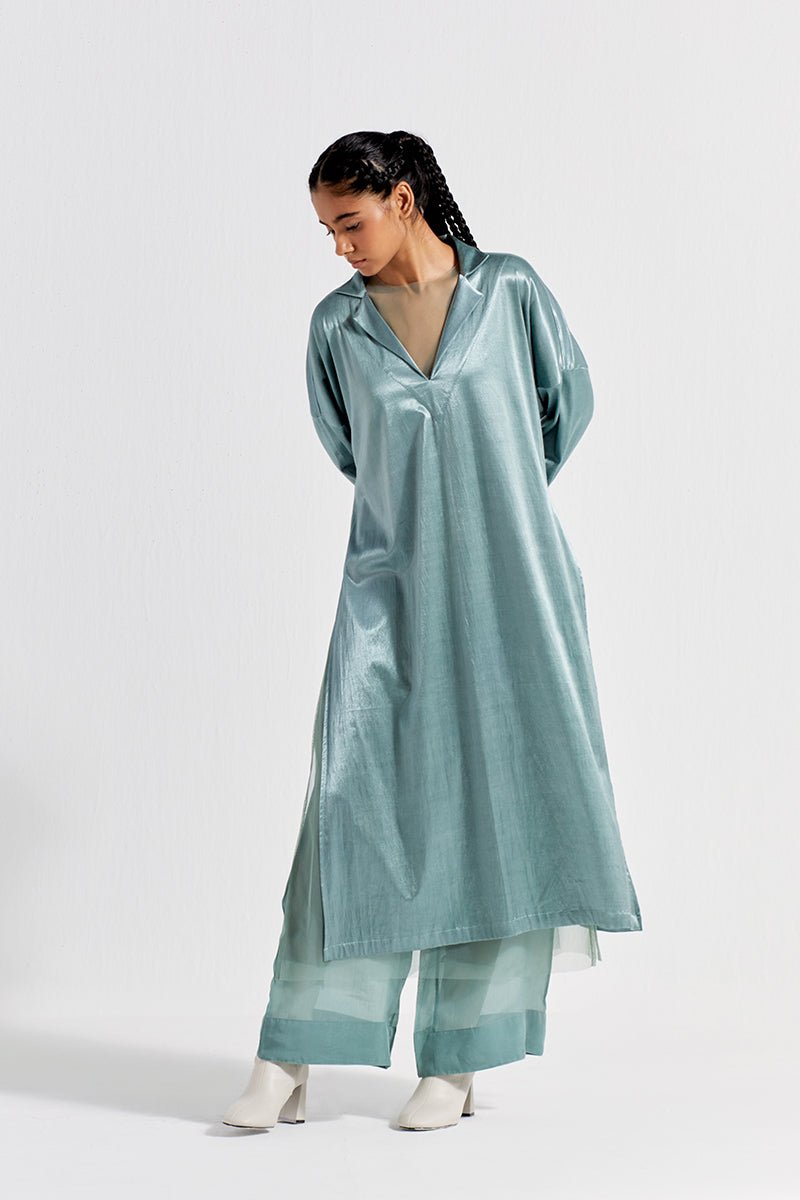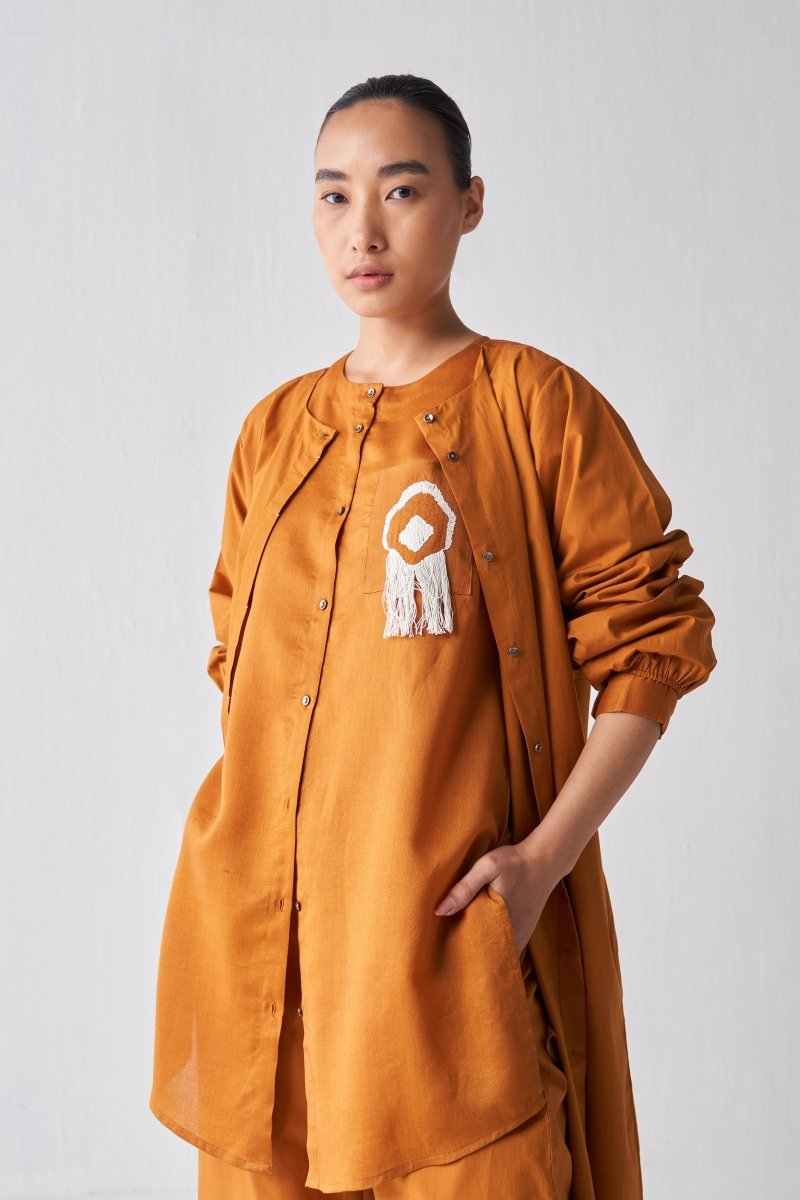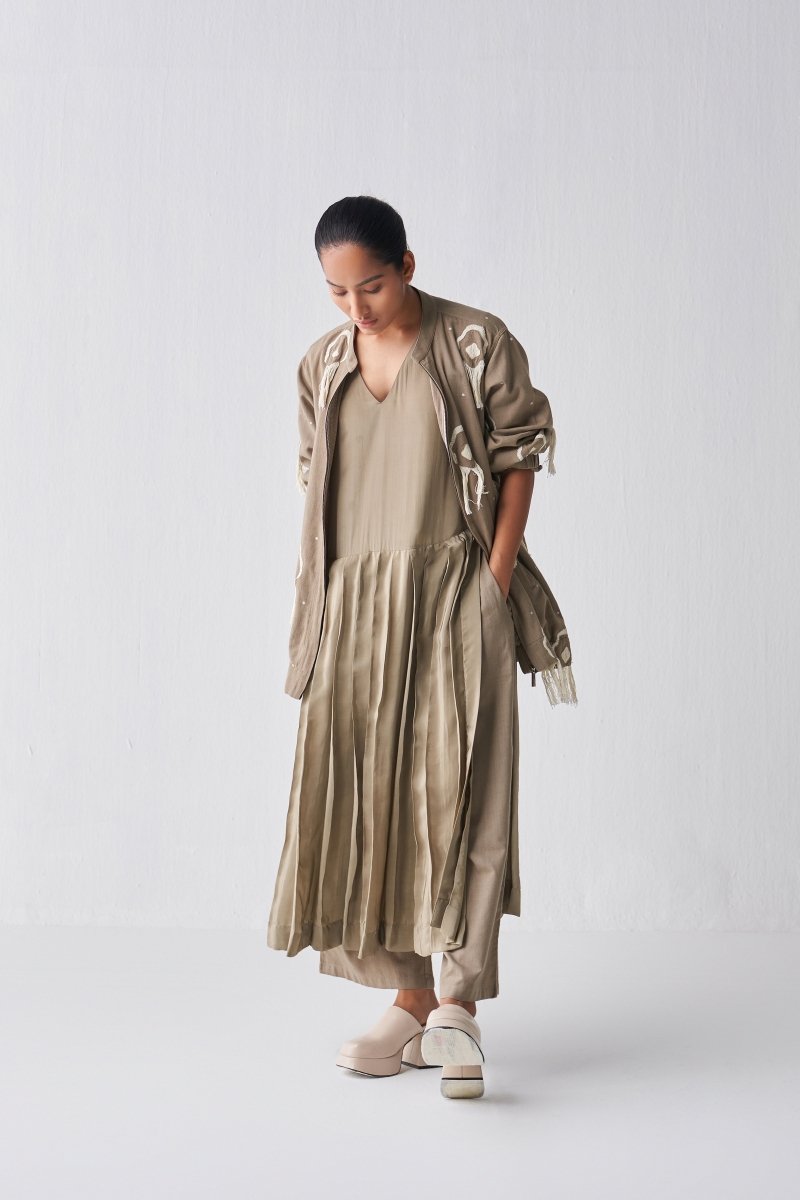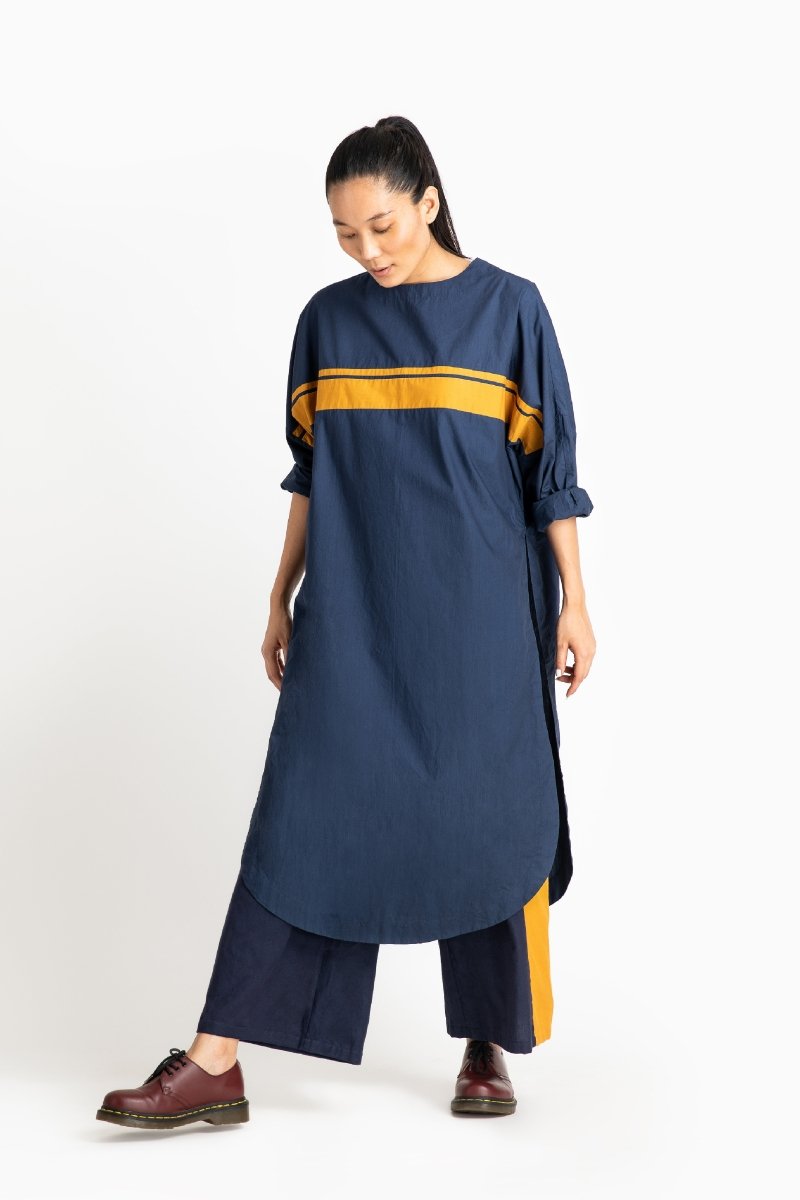How Contemporary Fashion is Embracing Diversity and Inclusion
Contemporary fashion is evolving rapidly, and one of the most significant changes in recent years is its embrace of diversity and inclusion. As the fashion industry continues to break away from traditional norms, it is increasingly reflecting a broader range of identities, body types, and cultural backgrounds. This shift is not just a trend but a fundamental transformation in how fashion is designed, presented, and celebrated. Let’s explore how contemporary fashion is making strides in diversity and inclusion, with a focus on various clothing categories like co-ord sets, dresses, tunics, tops, and bottoms.
A New Era for Contemporary Fashion
Contemporary fashion is redefining its approach to diversity and inclusion, moving beyond surface-level representations. Designers and brands are now prioritizing inclusivity by offering a wide range of styles that cater to different body types, ethnic backgrounds, and gender identities. This shift is evident in the variety of co-ord sets available, which are designed to fit and flatter diverse body shapes. These sets come in various styles and sizes, ensuring that everyone can find a look that suits their individual needs and preferences.
Inclusive Sizing and Diverse Body Representation
One of the most significant changes in contemporary fashion is the expansion of size ranges. Brands are recognizing the need for inclusive sizing, offering co-ord sets, dresses, tunics, tops, and bottoms that cater to a wide range of body types. This move ensures that everyone, regardless of their size, can find fashionable and flattering options. Contemporary fashion is increasingly showcasing models of all sizes, making it clear that style is not limited to a particular body type.
Celebrating Diversity Through Fashion
Contemporary fashion is also embracing cultural diversity, incorporating elements from various traditions and backgrounds into its designs. This includes everything from the prints on co-ord sets to the unique cuts of dresses and the use of modern fabrics in tunics. By celebrating cultural diversity, contemporary fashion not only broadens its appeal but also fosters a greater appreciation for different cultures and their contributions to fashion.
Gender Inclusivity in Contemporary Fashion
The concept of gender inclusivity is gaining momentum in contemporary fashion. Designers are breaking away from modern gender norms, offering gender-neutral co-ord sets, tops, and bottoms that can be worn by anyone. This shift towards gender inclusivity ensures that everyone can express their style without being confined by outdated fashion rules. Contemporary fashion is leading the way in creating a more inclusive and flexible approach to style.
Addressing Accessibility and Representation
Contemporary fashion is also addressing the need for greater accessibility and representation. This includes not only offering diverse styles and sizes but also ensuring that fashion is accessible to people from different socioeconomic backgrounds. Brands are increasingly focused on creating affordable options, ensuring that everyone has the opportunity to embrace contemporary fashion. Additionally, representation in advertising and media is becoming more diverse, reflecting a wider range of identities and experiences.
Eco-Friendly and Contemporary Fashion Choices
Another aspect of contemporary fashion’s commitment to diversity and inclusion is its focus on eco-friendly and ethical practices. Many brands are now prioritizing sustainable materials and ethical production processes, which contribute to a more inclusive fashion industry by promoting fairness and responsibility. This shift not only benefits the environment but also supports fair labor practices, ensuring that everyone involved in the fashion supply chain is treated with respect.
Conclusion: The Future of Contemporary Fashion
As contemporary fashion continues to evolve, the emphasis on diversity and inclusion will likely grow even stronger. The industry is moving towards a future where everyone can see themselves represented in fashion, whether through co-ord sets, dresses, tunics, tops, or bottoms. By embracing a broader definition of style and expanding its reach, contemporary fashion is setting new standards for inclusivity and representation.
This commitment to diversity and inclusion not only enhances the fashion industry but also enriches the lives of those who experience it. Contemporary fashion is not just about trends—it’s about creating a space where everyone feels valued and represented. As we look ahead, the continued focus on these principles will undoubtedly shape the future of fashion, making it more inclusive and dynamic than ever before.

